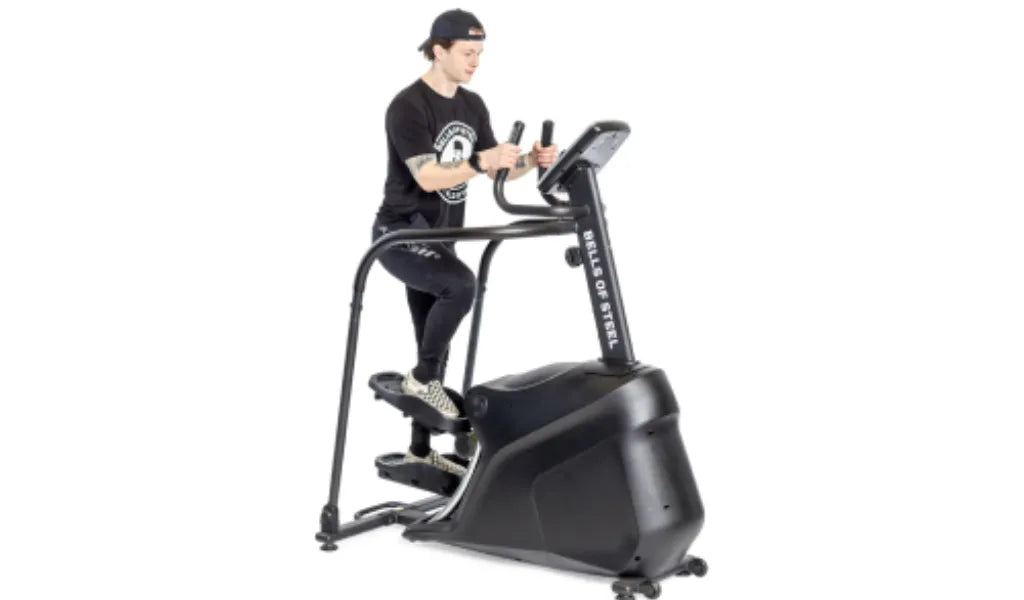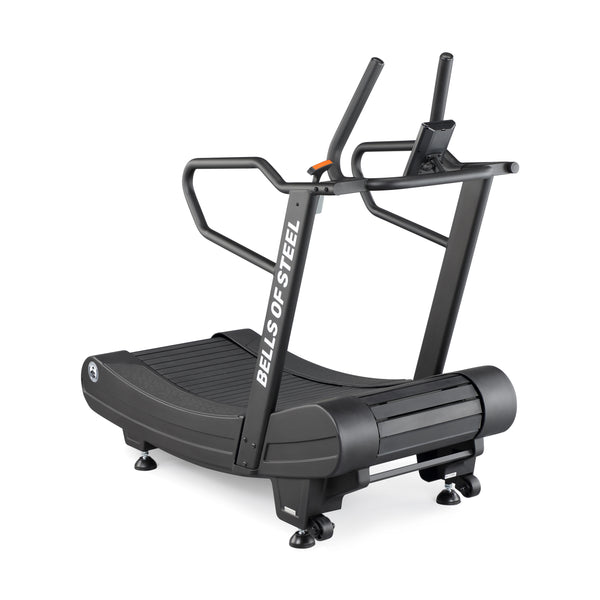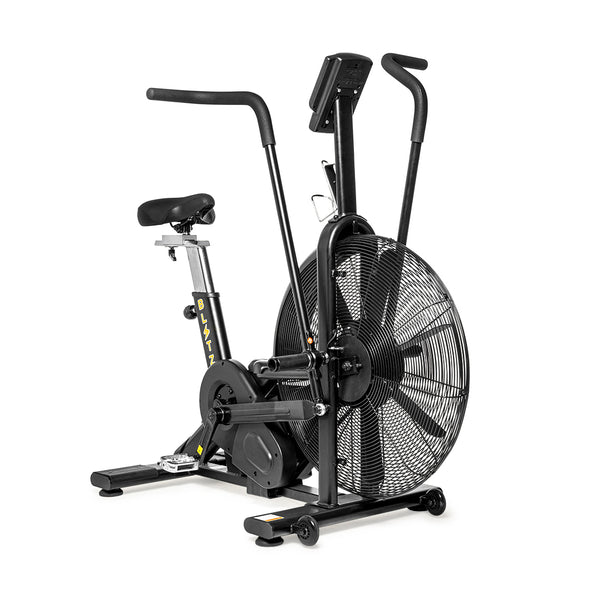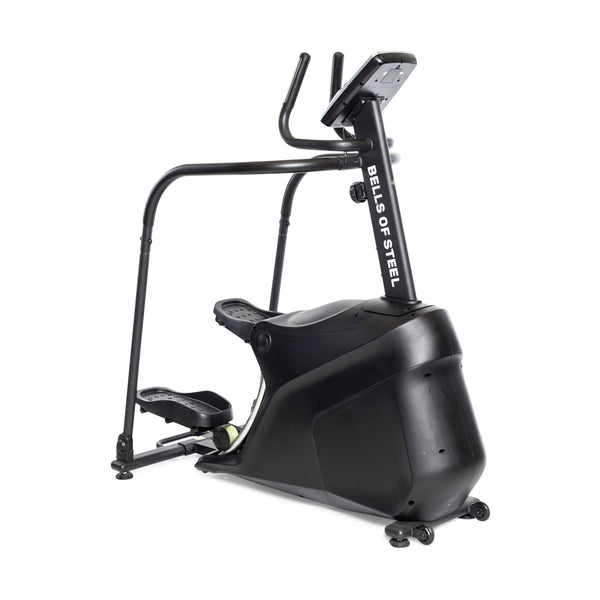Ah, the stair stepper—a staple in gyms everywhere and a tried-and-true machine for anyone who wants to feel the burn in their legs and glutes. But the burning question (pun absolutely intended) is: should you be taking those steps fast or slow? Let’s break it down.
Short, Shallow (Fast) Steps: The Quick Burn
If you’ve ever seen someone practically sprinting on a stair stepper, they’re not just in a rush to finish their workout (although that might be part of it). Short, shallow steps on a stepper focus on speed and repetition. This approach primarily targets your cardiovascular system, getting your heart rate up quickly and keeping it there. Fast steps also engage your quads and calves more than your glutes and hamstrings.
Think of it as the stair stepper version of a HIIT workout. The quicker pace can torch calories and improve your endurance, all while making you feel like you’re running up a never-ending flight of stairs. Just be careful not to turn it into a bounce fest—keep control of your movements, or you’ll end up working your knees more than your muscles.
Deep, Long (Slow) Steps: The Glute Builder
Now, if you want to feel the fire in your glutes and hamstrings, slow it down and take deeper, longer steps. These steps mimic the motion of climbing an actual staircase or hiking up a steep hill. By focusing on a slower pace and a deeper range of motion, you’re engaging the posterior chain (that’s a fancy term for the muscles along the back of your body).
This method is less about speed and more about strength. Slower, deeper steps allow you to concentrate on muscle engagement, which can lead to increased muscle activation and development over time. And yes, that includes the beloved glutes. If you’re aiming for a rounder, stronger behind, this is the way to go.
Fast or Slow: What Should You Be Doing?
So, should you be sprinting or taking it slow on the stair stepper? The answer depends on your goals.
For Cardio and Calorie Burn
If your main goal is to burn calories and improve cardiovascular endurance, fast, shallow steps are your go-to. The increased pace will elevate your heart rate, helping you to burn more calories in a shorter amount of time. It’s also great for improving stamina, which can translate to better performance in other cardio-based activities.
For Muscle Development
If building strength and muscle, particularly in the glutes, hamstrings, and lower back, is your primary goal, slow it down. Deep, long steps allow for greater muscle activation, which can help with muscle growth and development. This approach also helps with improving your balance and stability, which is a win-win for anyone looking to enhance their overall fitness.
For a Mix of Both
Why not combine the best of both worlds? Mixing up your stepper routine with intervals of fast, shallow steps and slow, deep steps can give you a comprehensive workout. You’ll boost your cardio fitness while also giving your muscles the attention they deserve. Plus, variety keeps things interesting, which means you’re more likely to stick with your routine.
FAQs About Stair Stepping
Q: Can I just stick to one style?
A: Sure, but you’ll limit the benefits. Mixing up your stepper style can give you a more well-rounded workout.
Q: Will fast steps make me bulk up?
A: Not likely. Fast steps are more about cardio and calorie burn, so they’re not going to bulk you up.
Q: Will slow steps make me lose weight?
A: They can, but slow steps are more focused on muscle building. If weight loss is your goal, combine them with cardio and a healthy diet.
Conclusion: Step to It
So, is it better to go fast or slow on a stair stepper? It all depends on what you’re aiming for. Fast steps are your ticket to burning calories and building endurance, while slow steps are perfect for strengthening those glutes and hamstrings. And if you’re really looking to maximize your workout, why not mix the two? After all, variety is the spice of life—and the key to a killer workout.
Summary of Key Points
- Fast steps: Great for cardio and calorie burn, targeting quads and calves.
- Slow steps: Ideal for muscle development, focusing on glutes and hamstrings.
- Mixing both: Offers a comprehensive workout, boosting both endurance and strength.




